Pete and I had a gentle downwind sail leaving Dover just after lunch and pootled to Ramsgate in 3 hours. We berthed in the marina where David Lawson, chairman of the local Sea Cadets who is following our trip with interest, had arranged a discounted slot for us. It was powerboat racing weekend in Ramsgate so the place was heaving - funfair, a very loud band on an outside stage and lots of powerboat types wandering around wearing T-shirts proclaiming that they were a mechanic or navigator. How does powerboat racing navigation work then? "Go around that buoy as fast as you can"....? Beats me. We welcomed Dave and Patrick on board and their first job was to get me to the top of the mast to sort out some of the new wiring that was too slack and had popped out of the mainsail track meaning that we couldn't get the sail up. Easily sorted, then off to the Royal Temple Yacht Club to meet David Lawson and a couple of G&Ts. Phwah, Phwah.
Out of Ramsgate the next morning in flat calm conditions. I got the leaving protocol wrong due to faffing about and not concentrating. I called the port control too late asking for permission to leave the inner harbour and was told quite curtly "Gamaldansk, you have already left! Please proceed straight to sea. Port control out!" Oops. But we turned left and for the first time we were heading north!
Due to lack of wind we mtored most of the way across the Thames estuary which was dull for all except for when I tried to take a short cut across the SW Sunk. The chart plotter said there was enough depth but the echo sounder and the keel said different. First a little bump on the bottom then bump, bump, bump, stop. Bugger! We had run aground out of sight of land. I'm used to seeing a hundred feet of water when out that far. I got all the crew, fat gits that they are, to hang of one side of the boat which lifted the keel off just enough to turn around and return on our incoming track. So we had a 10 mile detour around the sand bank. I was really nervous now as we had to cross some more shallows on the entry in to Brightlingsea and my faith in the charts and the plotter had now been dented. My fears were unfounded and we crossed the Spitway with 3 metres under the keel.
Brightlingsea sounds better than it looks. We moored on a pontoon opposite a scrapyard quay where ships come in and take the scrap away. There are improvements happening tho. A marina is being built and with a bit of dredging will make a nice destination. I met up with Nico Shipman, a fellow GK29 owner who did the circumnavigation last year. He has a great website (from which I pinched some of the text for mine - thanks Nico) http://www.summersailing.co.uk/ .
We had a few pints at The Yachtsmans Arms courtesy of Ken the landlord and met a few of the locals. Pete even had a really interesting chat with a real live Essex girl!
Left early at 0720 the next morning to get the fair tide up to Southwold. Very little wind again. Got the spinnaker up for the first time but not for long as our course changed onto the wind, it was the first time we've had the full sails up since leaving Fowey. We started punching a strong tide at lunchtime and our speed dropped right down to 2.5 kn. Sizewell B power station seemed to be abeam for hours. After calling the Southwold harbour master and being told we wouldn't get in on an ebb tide due to it running at 6kn we decided to run on to Lowestoft another 13 miles north. There was a thunderstorm in the distance which we thought would clear away before we got there, but soon realised that we were running straight into it. So oilies on, sails down and engine on. None too soon, as it hit us in a matter of two minutes. From sun and calm to a raging maelstrom in the blink of an eye. The wind went up to 20kn from all directions, the sea was all over the place and someone was throwing large chunks of ice at us really hard. It absolutely threw it down and the lightning was hitting the water all round. Does any know what you should do at sea in a thunderstorm? I don't. I strikes me the last place you want to be is near a tall metal spike in the middle an open sea. Answers on a post card please. We came out the other side of it to bright sun and the most fantastic rainbow of which we could see the whole arc from sea to sea perfectly framing a large cargo ship. Unfortunately we didn't have a camera with a wide enough lens to capture it.
We arrived in Lowestoft at 2115. A couple of pints and a Chinese and early bed.
Today is a rest day as we leave for Wells-next-the-sea at 0400 tomorrow. Time to catch up with a couple of jobs aboard, laundry and a bit of R&R.
Al Boyd has published his photos of last week on a website so I haven't put up any here. It's at http://homepage.mac.com/atboyd/PhotoAlbum3.html. Some great shots. Thanks Al.
Pete says "Phew, what a scorcher this summer is".
Thanks to all who are still interested and following our adventure. It's great to read your comments so keep them coming. Don't care what you have to say, it's just nice to have the contact.
Tuesday, 10 July 2007
Subscribe to:
Post Comments (Atom)



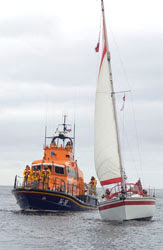


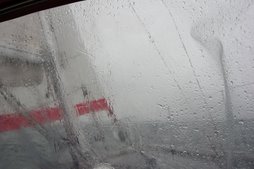
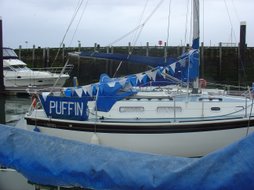
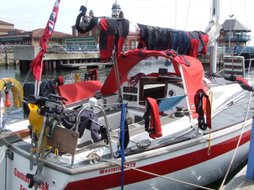
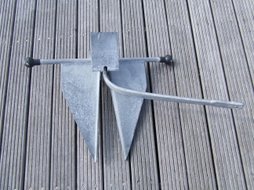
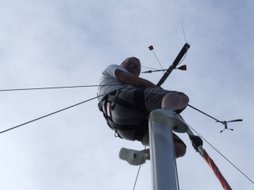
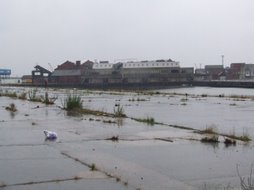
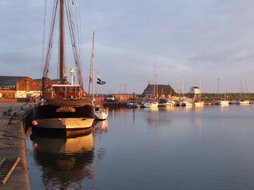
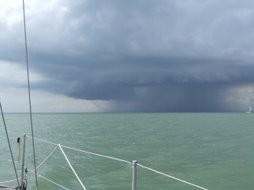
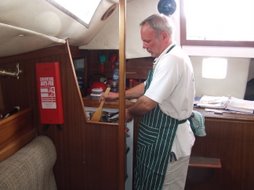

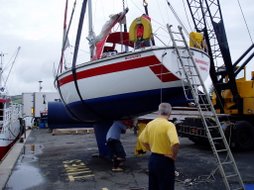
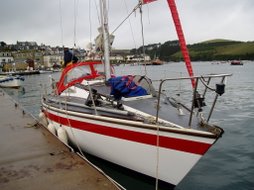
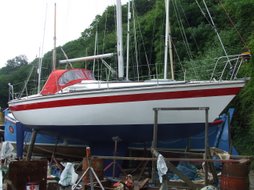
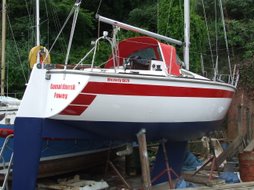
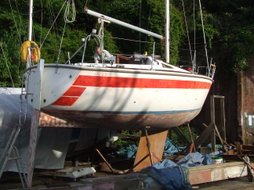

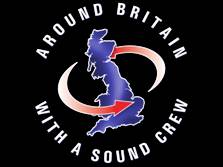


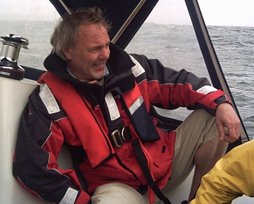

2 comments:
It was good to chat with you and Pete in Brightlingsea. Glad you managed to get up after all those pints of cider. Thought I'd cheer you up with a few tips on lightning...
You are best off (ironic though it may seem) in a steel boat - you sit below and it acts like a "Faraday Cage" so you won't get electrocuted. However every instrument on your boat will be buggered and the steel in your boat will be magnetised - not that that would matter since your compass would never ever point N again in anycase.
On a plastic boat you still need to sit inside. Dangle your anchor and chain in the water after tying the chain to the mast or stays. Place a handheld VHF, GPS and compass in a metal biscuit tin (important to put the lid on) and place in the cabin as far away from the cabin walls, cabin sole and mast as possible. The 'tinned' instruments will then have as good a chance at surviving as you.
Actually your chances of survival (if you sit inside) are pretty high. Unfortunately in a plastic boat, if you had no substantial electrical connection from the mast or stays to the sea, then when the charge does finally find its way toward the water it is likely that it will jump the last few inches, vaporising any water droplets on your hull which explode to make rows of neat bullet holes just where you need them along the waterline.
The good news is that a decent sized bilge pump will probably be able to keep up with incoming water - a manual one that is because by now anything electrical not in your biscuit tin no longer works. Let me know how you get on in if you get a strike!
Steve has been very courteous to not mention that I violently vomited over the side somewhere near Clacton. Make up your own minds about that one.
Post a Comment